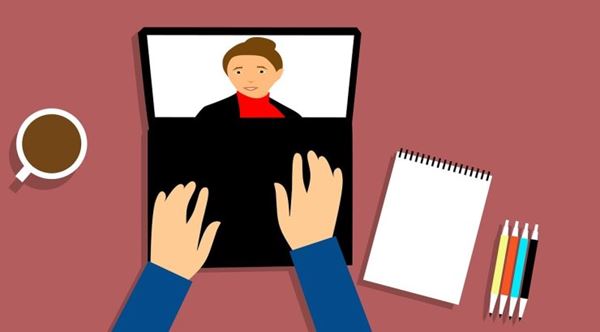Top Tips for Virtual College Interviews
Part of our job here at College Coach is to keep an eye on all the news in college admissions and college finance so you don’t have to. We recently came across a terrific piece by our good friends over at Fortuna Admissions centered on the growing concern about the coronavirus and the opportunity to connect with business schools through remote interviews:
With growing fears about the spread of the coronavirus, business schools are anxiously assessing their global travel plans to meet applicants. Against a backdrop of quarantines, the cancellation of Asian recruitment activities, and the closure of GMAT test centers in China for at least two months, many international events and info sessions are likely to be disrupted.
Of course, our focus at College Coach is on undergraduate admissions, and interviews for a space in the freshman class at your favorite college or university are still likely a few months away. But virtual interviews are a meaningful part of this process. At Reed College, we offered virtual interviews for many students who couldn’t make it to campus—international or domestic—and we think some of the tips below are great reminders for anyone who is looking to make a good impression via video-conference. So please enjoy these tips from our friends at Fortuna Admissions:
7 VIDEO INTERVIEW ESSENTIALS
- Make sure the space behind your camera is clear and uncluttered. Film yourself against a plain wall if possible, with any larger shot of your room in the background clean and organized. (There should be no passing people, animals, or distracting piles of laundry in view.) Video is just as much about what you see as about what you hear.
- Make sure your face is well-lit. Set up a test beforehand to ensure your lighting is strong – not too bright or too dark. You may want to try moving your screen to different venues in your home to secure the best light.
- Ensure excellent sound quality. Seek a quiet space and use headphones if needed (this can cut unexpected background noise). Make sure your microphone is working properly and computer settings are updated for audio. Speak at your normal volume and pitch – your voice should be clear and easy to hear. Your voice should be the only one that’s heard in the interview.
- Test your Internet connection beforehand. And by all means, make sure the link works before you attempt to open it at the time of call!
- Don’t be tempted to read from hidden notes. It’s fine to jot down thoughts to share, but do not read full sentences off a pre-prepared script. The interviewer can tell if you are reciting, which will undermine your authenticity.
- Maintain eye contact. Eye contact is very important – while it is tempting to look at yourself on your screen, be mindful to engage the interviewer by looking at the camera instead. Have good posture. Smile – but not too much. Imagine that the face of a friend is on the other end of the camera.
- Seek opportunities to fuel the conversation. If you are participating in an interview and cannot read the body language of the interviewer, use the name of the interview and other affirmative language, e.g. “Great point Joanne!” This can really help to make a connection with the person on the other side of the screen.






